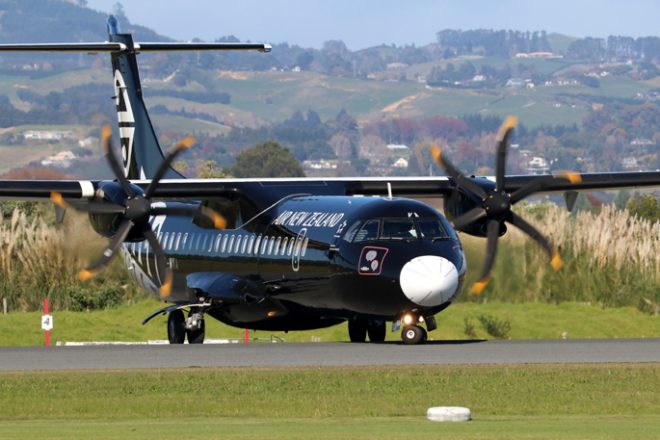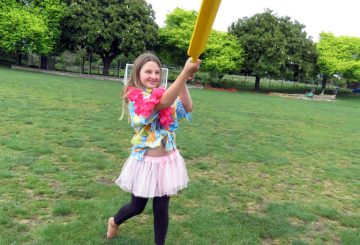새로운 중국-뉴질랜드 직항 노선은 매달 수천 개의 좌석을 확보하여 수용 인원을 크게 늘려 관광, 국제 교육 및 무역을 지원할 예정입니다.
새로운 중국남방항공 노선에는 광저우-크라이스트처치 노선의 복원과 광저우-오클랜드 간 세 가지 추가 노선이 포함됩니다.
크리스 힙킨스 (Chris Hipkins) 총리는 “국경이 개방되고 관광객이 우리 해안으로 돌아오는 등 중국은 여전히 뉴질랜드의 중요한 관광 시장이며, 이번 주 발표를 통해 중국에서의 방문이 더욱 쉬워지고 경제 회복에 도움이 될 것”이라고 말했다.
“이러한 추가 노선을 통해 양국 간 직항 항공 연결이 추가되어 2023년 9월까지 COVID 이전 수준의 80% 이상으로 증가할 것으로 예상됩니다.
“수용 인원이 늘어나면 매달 약 7,000개의 좌석이 추가로 확보될 것입니다.
“크라이스트처치로 향하는 새로운 직항 노선은 특히 남섬 방문을 지원하고 지속적인 관광 부문의 회복을 지원할 것입니다.
“국제 교육과 필수 무역을 지원함으로써 역량 향상이 긍정적인 영향을 미치기 때문에 특히 중국 시장에서는 항공 연결성을 지속적으로 높이는 것이 경제 성장에 필수적입니다.
“환경 문제에 대한 국제 및 국내 소비자의 인식이 높아지고 있습니다.
“중국은 전체 수출의 거의 4분의 1을 차지하고 있으며 COVID 이전에 두 번째로 큰 관광객 공급원이었으며 유학생의 중요한 원천이기 때문에 경제 회복의 중요한 부분입니다.
Peeni Henare는 “연구에 따르면 중국인 방문객은 연중 내내 여행하며 여러 지역을 가로질러 다양한 활동을 하는 경향이 있습니다. 이러한 유형의 수준 높은 방문은 모투 지역 및 지역 사회를 지속적으로 지원합니다”라고 말합니다.






























































